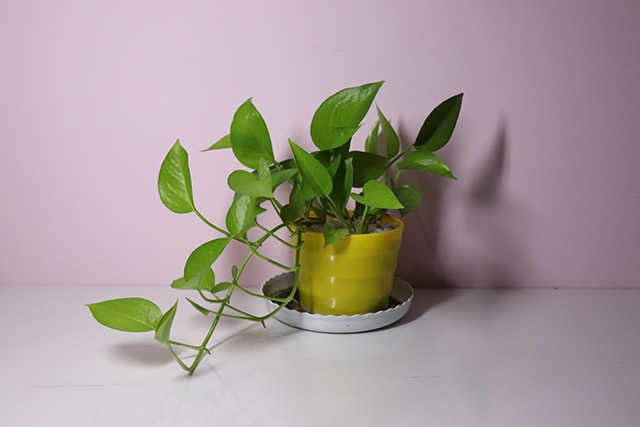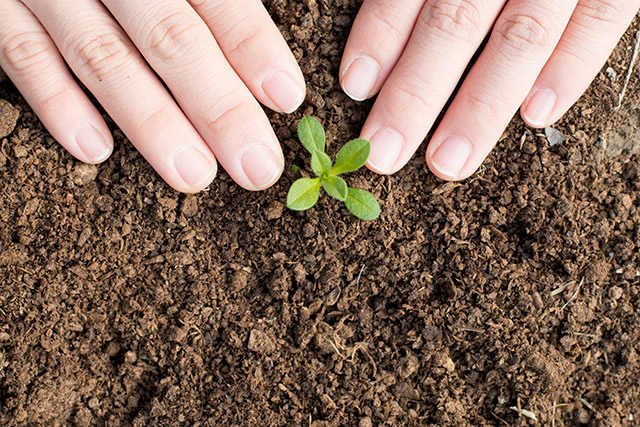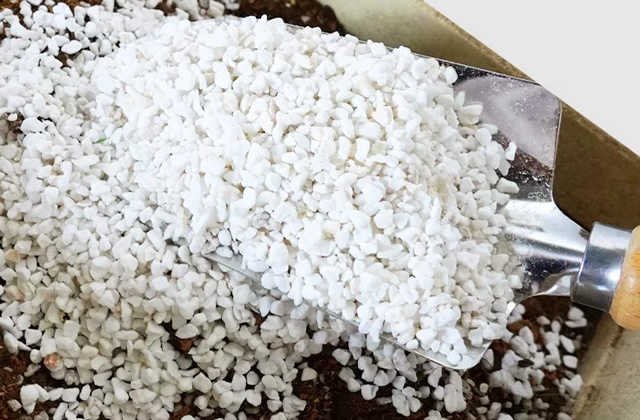What are the nutritional soil for green dill nutritional soil?
1. How to make green dill Nutritional soil
1. Garden soil: It has a strong water retention and Fertilizer capacity. It can usually be seen in vegetable gardens, fields or roads, and is slightly acidic.
2. Rotten leaf soil: The texture is very loose, and the water retention Fertilizer is very good. It comes from the surroundings of the tree roots. Generally, it is formed after deciduous deciduous after a long time.
3. Sand and soil: The breathability is very good, and it contains many trace elements. After the absorption of plants is conducive to growth.
4. Square: The breathable drainability is very strong, and it can mix it into the soil.
5. Putting the above -mentioned mixed preparations, you can cultivate the green dill.
2. precautions for the production of green dill Nutritional soil

1. Pay attention to its drainage and breathability of homemade green dill soil. If the breathability is not good or the drainage is slow, it is easy to produce water, and the root system is easy to rot.
2. Green Luo likes acidic or neutral soil. If the use of alkaline soil breeding is not conducive to its growth.
3. Many flower buddies like to use pond mud, and think that it is fertile. This soil is not suitable for green dill growth.Because, it is very close, the breathability is very poor, and it is easy to rot with the pond mud.
Third, what kind of Nutritional soil is used in green dill
1. If you want to cultivate the green dill, it is best to choose nutrient soil to cultivate. This is easy to buy. Generally, do not make it. You can buy it directly. The price is relatively cheap.
2. Generally, when the Nutritional soil is used to cultivate the green dill, some stones or granite can be added to the nutrient soil, which can ensure that the soil's breathability is better.
3. In addition to nutrient soil, you can also choose to use sand soil. Do not use other soils, because the air permeability of sand soil can be used to breed green dill.
4. During the breeding, the soil will appear on the soil. Generally, you choose to loosen the soil regularly. It is better to choose the soil once a month to ensure that the soil is loose.
5. During the breeding, the nutritional content of the soil will be absorbed. Therefore, fertilization is needed. Generally, fertilization is used every 2 months. You can choose Organic fertilizer fertilization.
6. If the Green Luo wants to change the basin, the soil of the best root can be changed together, so that it can avoid the phenomenon that cannot be adapted because of changing the soil.
Fourth, what Nutritional soil is the green dill cuttings
1. Great flower raising soil
flowers and friends usually use universal soil on the market. Xiaobian also bought nutrient soil on Taobao before. This kind of soil may not keep up with nutrition. Although the green dill has not high requirements for the soil, the fertile humus soil can be.It is right to grow flowers with loose pot soil, so it is usually matched with Nutritional soil.
2. Prepare Nutritional soil by yourself
It is generally used by self -matched nutrient soil, pine needles and garden soil, as well as perlite. It can be uniformly mixed with a certain proportion.Rooting and germination.
3. The wonderful use of eggshells
Because eggshells are rich in calcium and phosphorus, they can avoid yellowing leaves, and it is also good for the growth of green dill. Green lobes can be burst into pots. flowers can add some eggshells to Nutritional soil.
4. Cutting method
You can find a strong green dill branch, and then put the branches of the branches horizontally in the soil, and then after a while, the green dill can take root and rush into a large pot.


